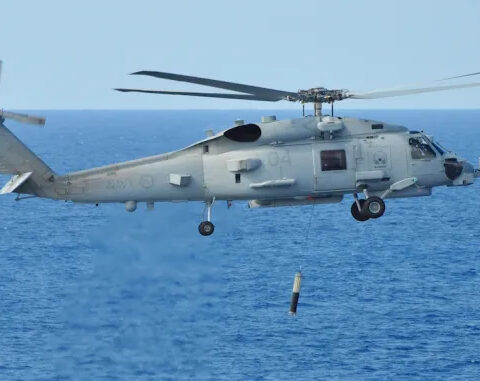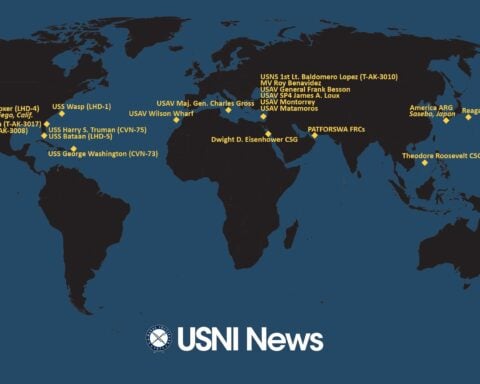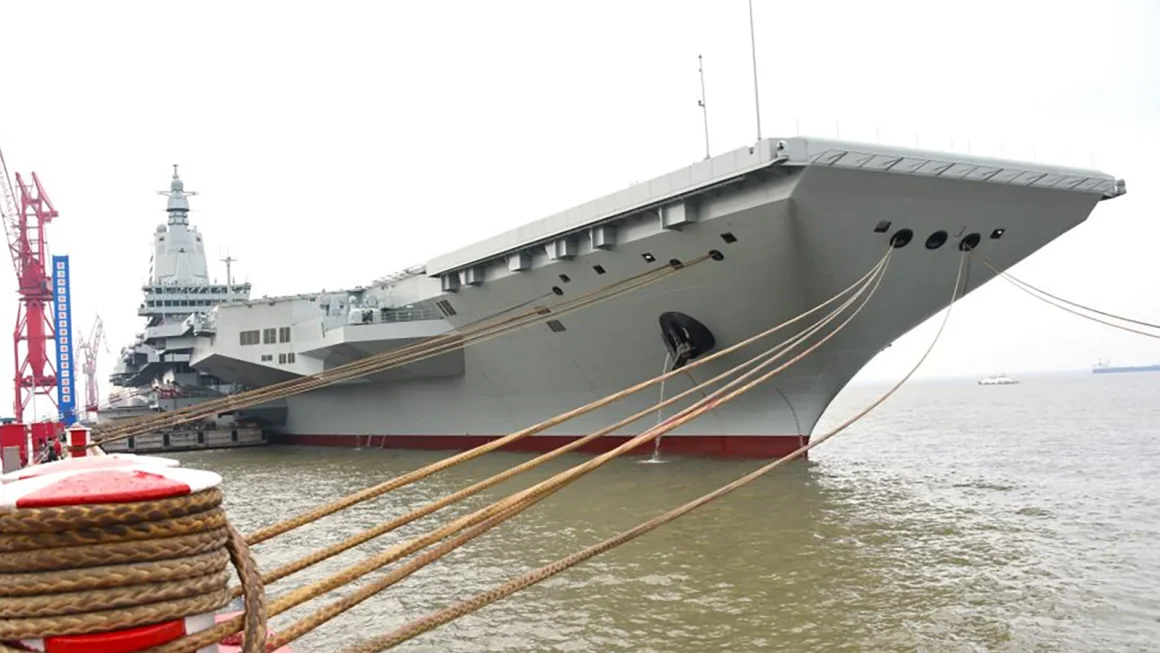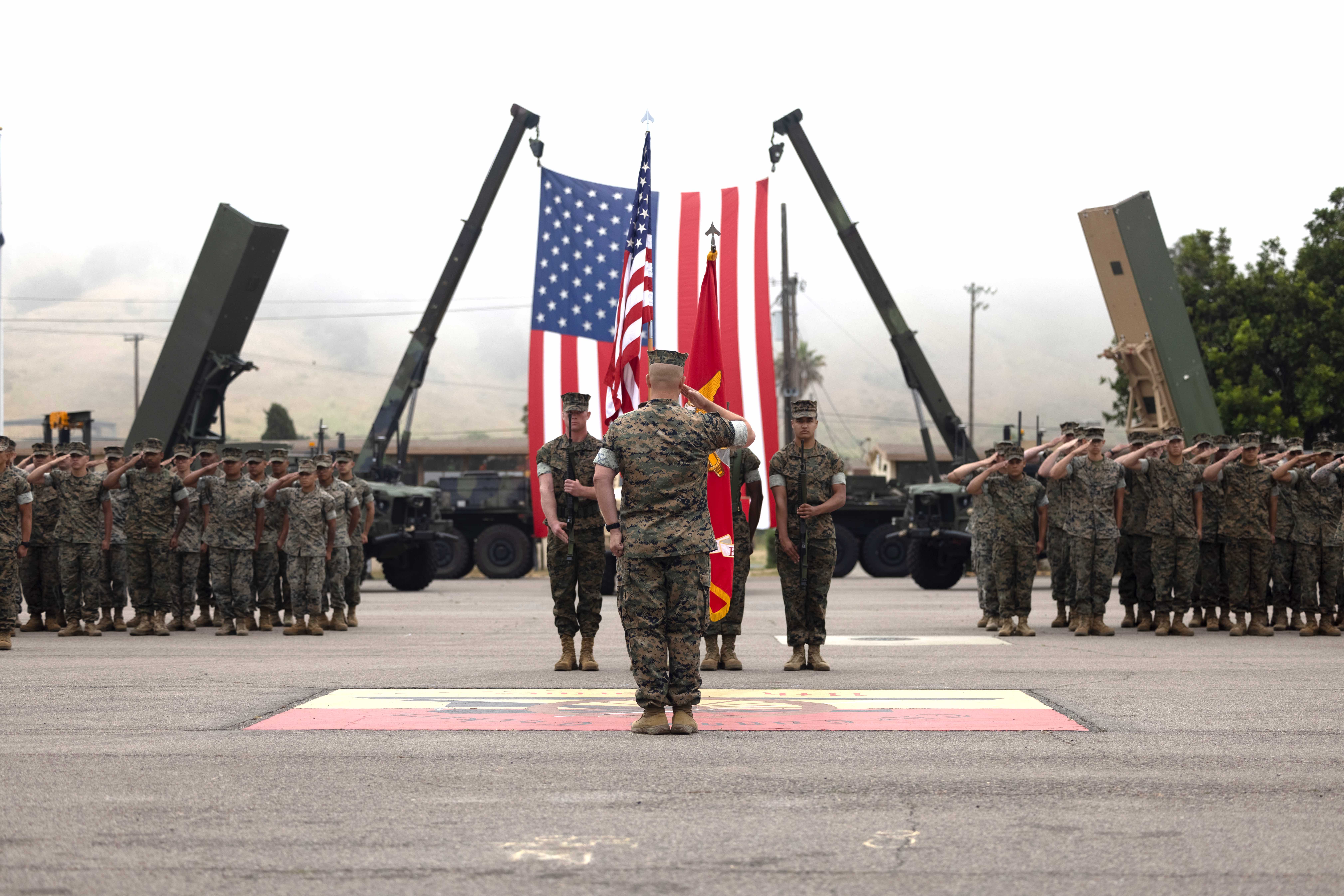
The Marine Corps stood up its first-ever Tomahawk cruise missile battery at Camp Pendleton, Calif., last week.
Alpha Battery, which falls under the 11th Marine Regiment, is the first of three Long-Range Missile (LMSL) batteries that the service plans to procure starting in FY 2024.The Long-Range Fires Launcher will use the same ROGUE-Fires carrier of the Navy/Marine Expeditionary Ship Interdiction System (NMESIS) and mount a single Mk.41 vertical launch system cell, according to budgetary documents. Each LMSL battery will have 16 launchers, former Marine Corps Commandant Gen. David Berger said in a statement before the Senate Appropriations Committee.
“This is a historic chapter in the Marine Corps and the 11th Marine Regiment. The American people expect the Marine Corps to prepare for war,” said Col. Patrick Eldridge, commanding officer of the 11th Marine Regiment, in the activation ceremony’s press release.
USNI News previously reported that the service was pursuing a JTLV-based Tomahawk launcher in 2020. This concept was tested last year, with May’s Force Design 2030 Annual Update stating “conducted a ground launch of a Tomahawk Land Attack Missile mounted on a remotely operated mobile launcher.”
The Marine Corps has described the LMSL batteries as a way for the service to “provide Combatant Commanders with the ability to employ an agile, mobile, land-bases system, capable of launching Tomahawk cruise missiles to complement surface and sub-surface launched missiles.”
Tomahawks are one of the key assets being procured to achieve a long-range fires capability as the service gears up for challenges in the Pacific through Force Design 2030.
“These Marines have done phenomenal things. They took an idea and are making it work. The job just started, but this capability will be able to reach out and provide devastating and lethal fires,” Capt. Justin Hillebrand, Alpha Battery’s first commander, said in the activation ceremony’s press release.
Alpha Battery is the latest development in the Marine Corps’ anti-ship efforts. A few days prior to the activation, the 11th Marine Regiment also conducted a NMESIS live fire at Point Mugu. This was the first firing of the service’s Naval Strike Missile in two years, the last occurring in 2021.
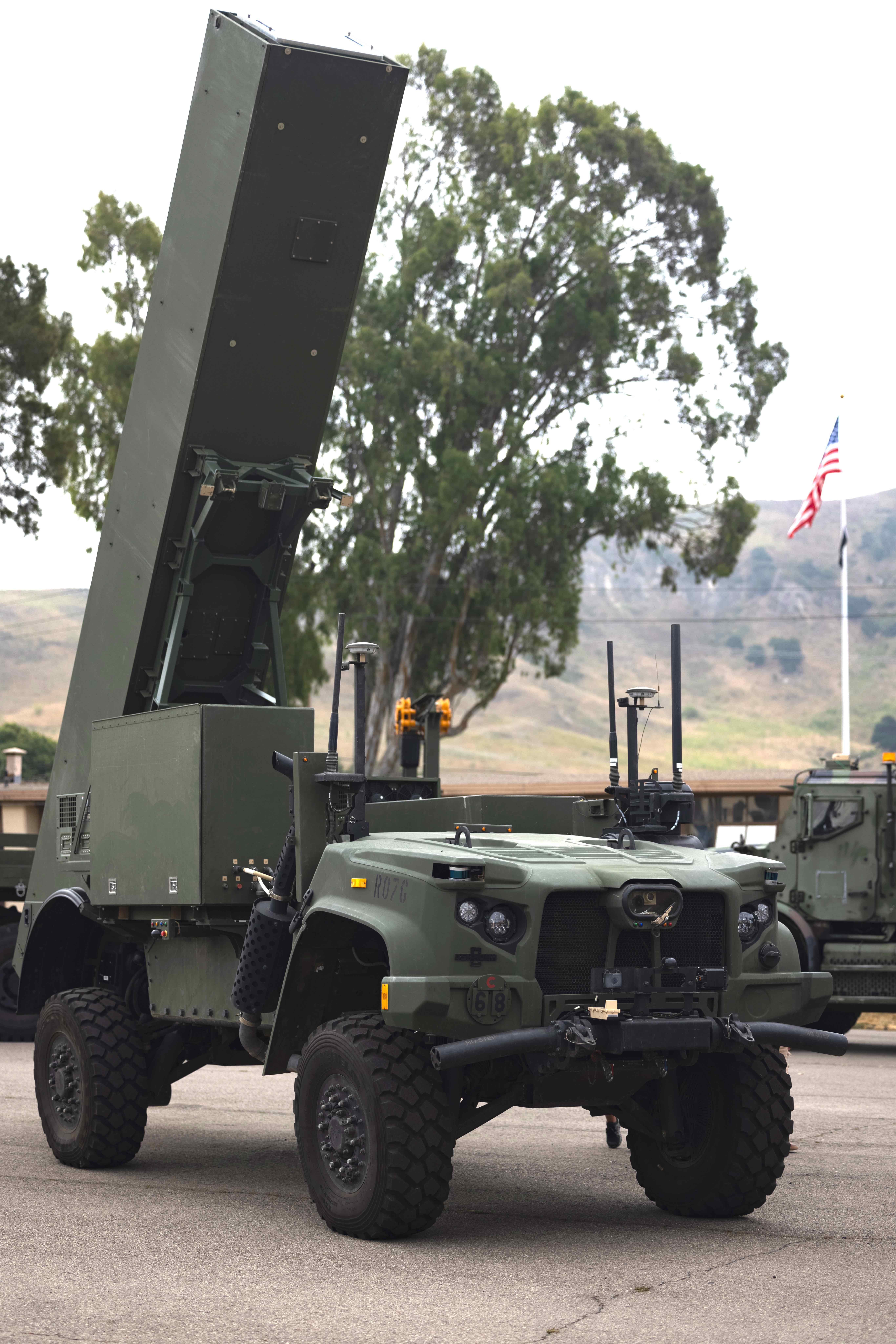
By 2030, the 11th Marine Regiment is expected to have a full battalion of Tomahawks. Long-Range Fires Launchers will complement the larger Tomahawk-capable Typhons of the 3rd Multi-Domain Task Force (MDTF), the Army’s new formation geared for providing Long-Range Fires. These launchers are also capable of launching Standard Missile-6 in a surface strike role, as seen in a test earlier this year. This combination of Tomahawk and SM-6 provides the MDTF with a mid-range strike capability, which was only recently possible from the U.S. Intermediate Nuclear Forces treaty withdrawal.
While ground-based Tomahawks were used before during the Cold War, the 1987 Intermediate Nuclear Forces treaty restricted the deployment of ground-based missiles with ranges between 500 to1,000 and 1,000 to 5,500 kilometers. However, with the withdrawal from the treaty by the U.S. due to Russian violations and growing strategic competition with China, the U.S. has returned to the ground-based deployment and development of missiles within these ranges. Shortly after its withdrawal in 2019, the U.S. launched Tomahawk in a test to inform the future development of intermediate-ranged systems, such as the Marine Corps’ Long-Range Fires Launcher and the Army’s Typhon.
While the Marine Corps’ batteries provide fewer missiles, they are highly mobile through the ROGUE-Fires platform, allowing for the Marines to bring Tomahawks along for Expeditionary Advanced Base Operations.
“I imagine someone pretty high up said, ‘We’ve seen what Marines can do with rifles, let’s see what Marines can do with Tomahawks’” Col. Eldridge said.



